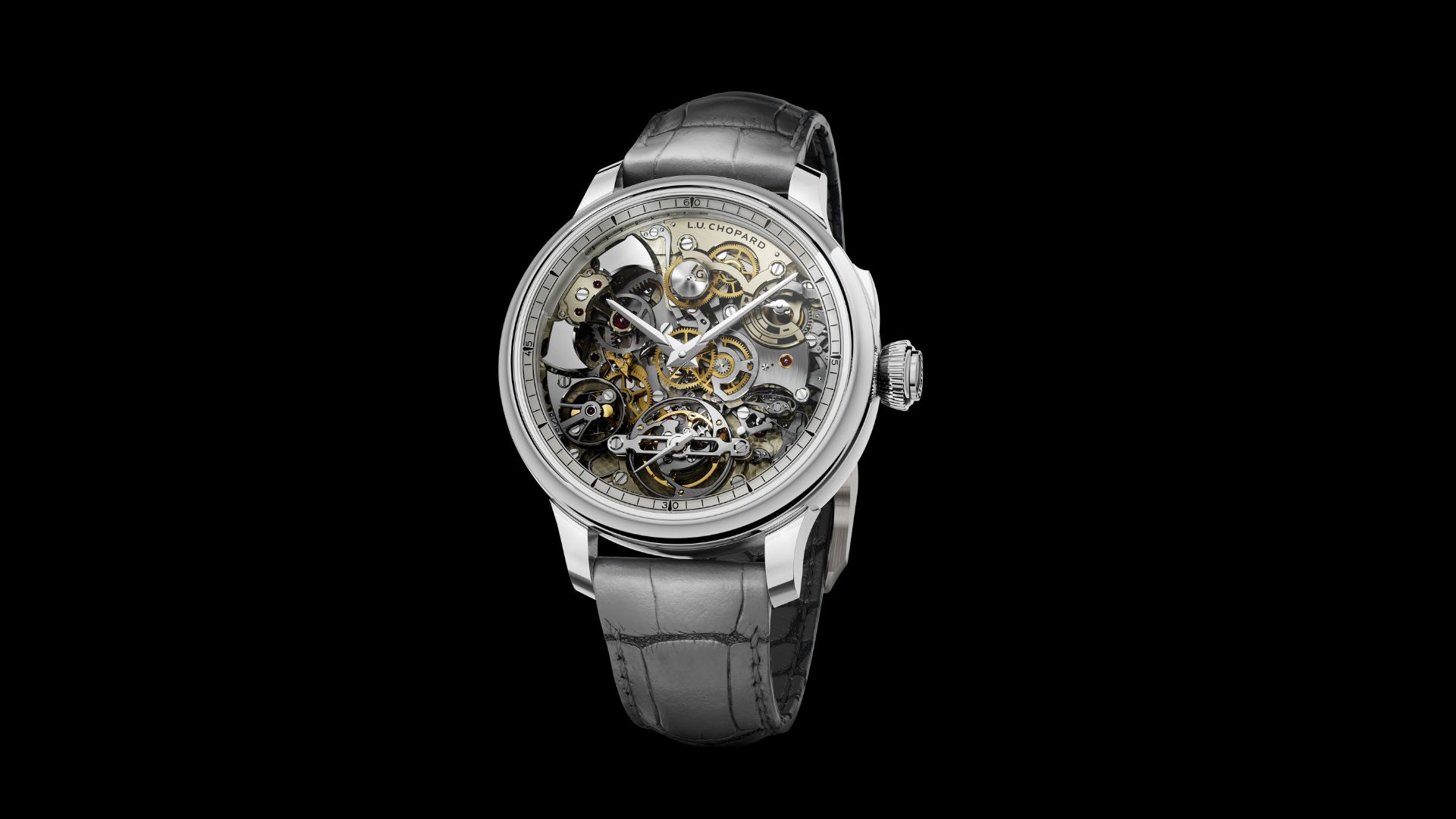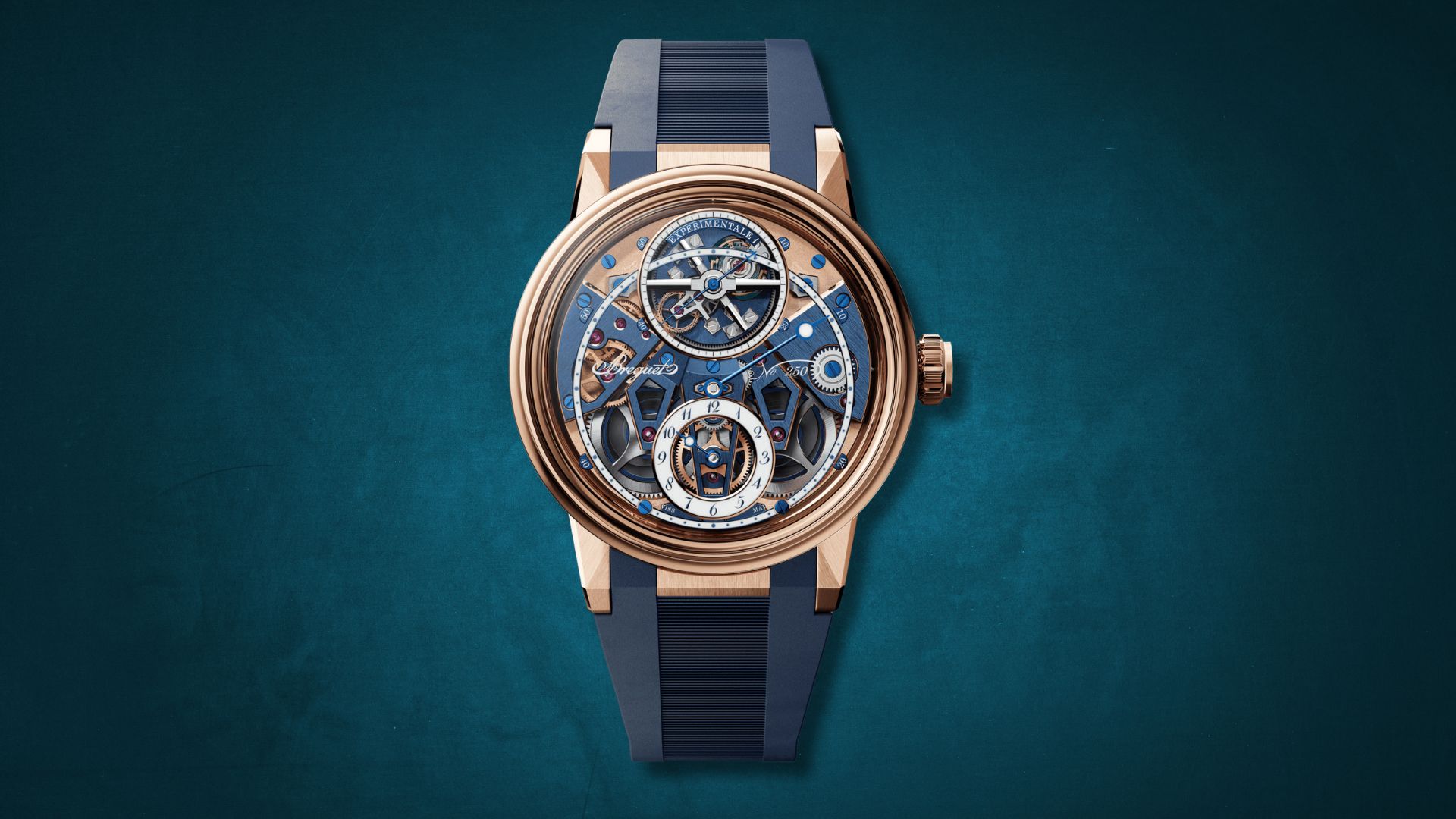Louis Moinet Cosmopolis Features in the Guinness World Records for Displaying the Maximum Number of Meteorites on a Dial


"A long time ago, in a galaxy far, far away…” Whenever we think of outer space, films like Star Wars immediately come to mind. Galaxies inspire the world of horology as well, as underscored by the pièce unique Louis Moinet Cosmopolis. This new timepiece has got not one but 12 slivers of meteorites that crashed on Earth, bringing a touch of cosmos to the wrist. Breaking all conventions of astronomical timepieces, the Cosmopolis from les ateliers Louis Moinet has made it to the Guinness World Records for featuring the “most meteorite inserts in a watch”.

Louis Moinet owner and creative director Jean-Marie Schaller’s approach to horology is nothing short of spectacular and is in sync with what the brand has always believed in. In truly exuberant Louis Moinet style, the latest Cosmopolis watch blasts all existing meteorite dials out of the water. Incidentally, Schaller’s fascination with meteorites is evident on other Louis Moinet creations as well.
The Dial
Ten discs curl around the dial, arcing from 8 o’clock to 4 o’clock. Each disc plays host to a meteorite and is framed with a fine golden circlet with everything sitting above a dark grey dial epidermis. The lunar meteorite, gracing the centre of the dial, is an extremely rare example of a white, speckled lunar meteorite found near Dhofar, Oman. Then there is a black chondrite, which is located on the back of the tourbillon cage. Ten other special fragments have been carefully placed, each on its own base that is discreetly attached to the dark grey, brushed dial. One can spot a flying tourbillon at 6 o’clock. While the aperture for the tourbillon is centred, the flying tourbillon is slightly off-centred.

Let’s check out how the fragments are actually arranged. Starting from the top, there’s the white, speckled lunar meteorite, Dhofar 461, one of the 300 specimens ejected 20 million years ago, with a few orbiting the sun before turning into shooting stars and landing in Oman. Going clockwise, next, from the same terrain, is Dhofar 1674, a Martian meteorite, discovered for its contrasting greenish tone against the desert sand. Around 4.567 billion years old, the Mexico-origin Allende meteorite is the oldest rock in the solar system, nicknamed ‘Rosetta Stone’ for readily unravelling to geologists the many secrets of the Universe. The greenish-brown Erg Chech meteorite hails from a now extinct protoplanet that journeyed for over four billion years to reach the Earth in southern Algeria, landing one century ago.
While little is known about the Jbilet Winselman meteorite from Morocco, the fact that it contains amino acids proves that there are life forms in outer space. Forming an artsy specimen for its multi-layered structure is the Isheyevo meteorite, which is a carbonaceous chondrite, discovered in Russia.

The seventh one is the Aletai Armanty meteorite — an iron and nickel mix found in China, weighing over 100 tonnes. Blessed with an adventurous backstory is the Aguas Zarcas meteorite — part of a meteorite shower that landed in a rainforest in central Costa Rica. Recognised for the unique Widmanstätten pattern — line markings on certain iron meteorites — is the Gibeon meteorite that landed in prehistoric Namibia. A conquistador’s discovery in 1776, the Toluca meteorite is on the Mexican roster of meteorites that locals used to develop metal tools for trade and agriculture.

The Sahara 97093 meteorite was birthed during a supernova that ultimately landed in the Sahara desert and led to the formation of rare Enstatite EH3 meteorite micro-diamonds. Last on the list is another Sahara desert find — the Black L5 chondrite meteorite, birthed from the clash of two asteroids. This specimen is partially veiled, positioned in the centre, with the 6 o’clock flying tourbillon cage inset. The hour and minute hands are golden, openworked, and faceted, and incorporate luminescent treatment. Louis Moinet embossing can be found on either side of the tourbillon.
The Case

The timepiece case has been crafted from 18 ct rose gold and measures 40.7 mm in diameter. There is no bezel, but the watch gets rose gold, bevelled lugs and a crown with crown guards. On both sides of the case, there are engravings of ‘Louis Moinet’.
The Movement

Powering the watch is the manual winding, double barrel Calibre LM-135.50.co movement with 96 hours of power reserve. The system, known as ‘volte-face’, places one barrel upside down over the other. This allows them to deliver their energy simultaneously. Visible from the rose gold, sapphire caseback, the base plate is decorated with circular Côtes de Genève and features cut-out areas to reveal parts of the movement. The caseback also gets the engravings of ‘Cosmopolis’ and ‘Unique Piece’. Finishing the watch is a black alligator strap with a folding clasp.



















